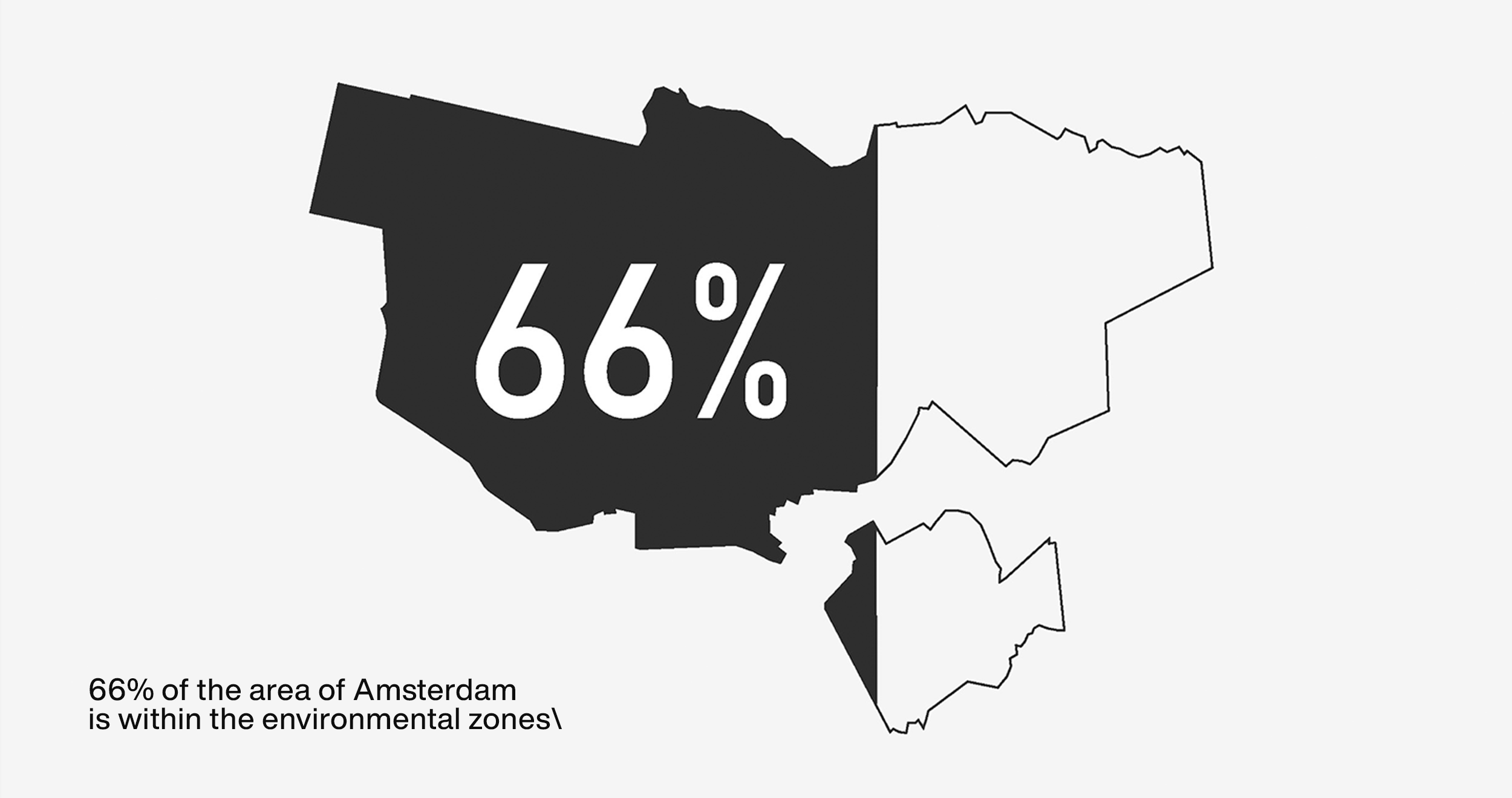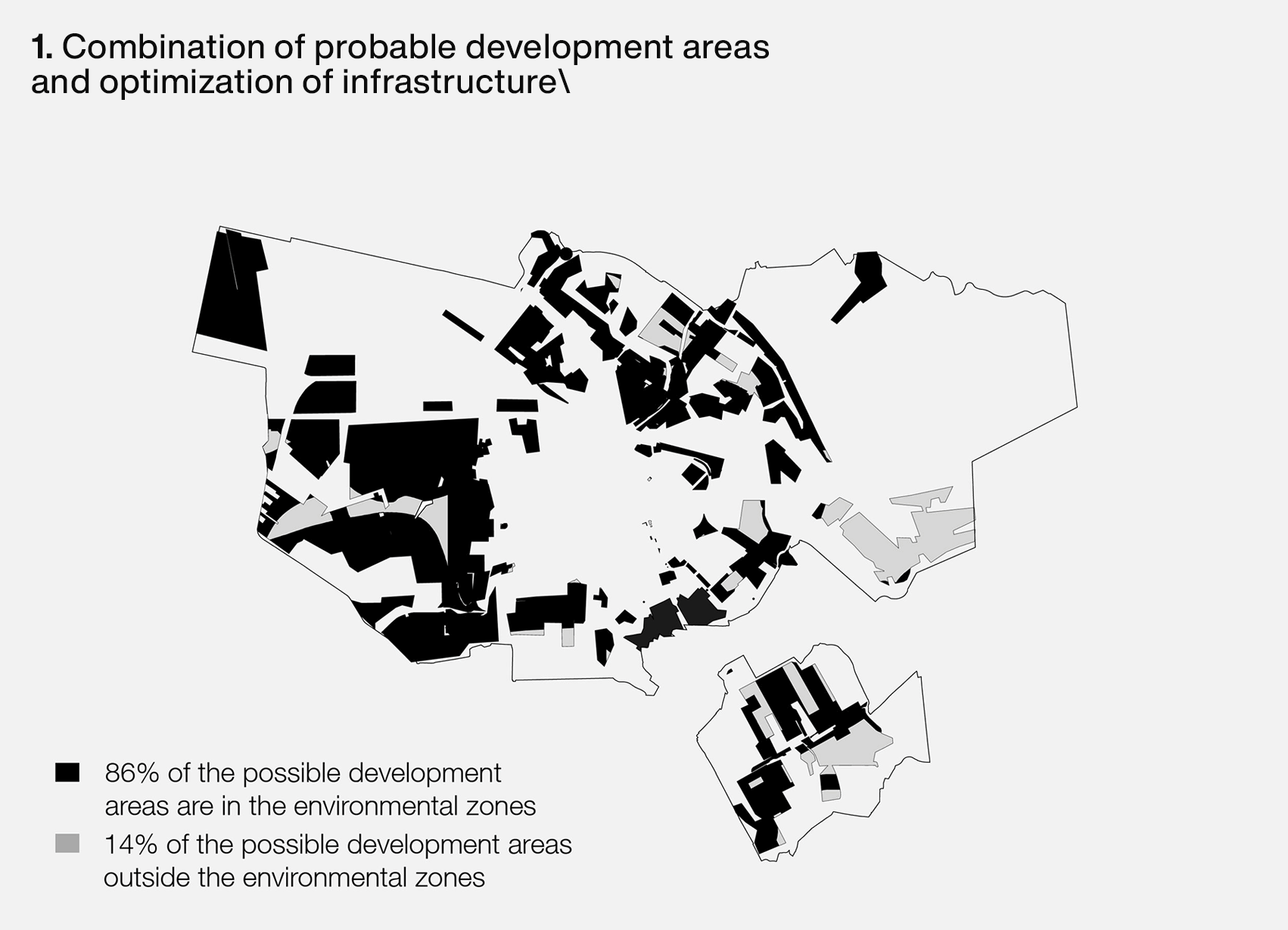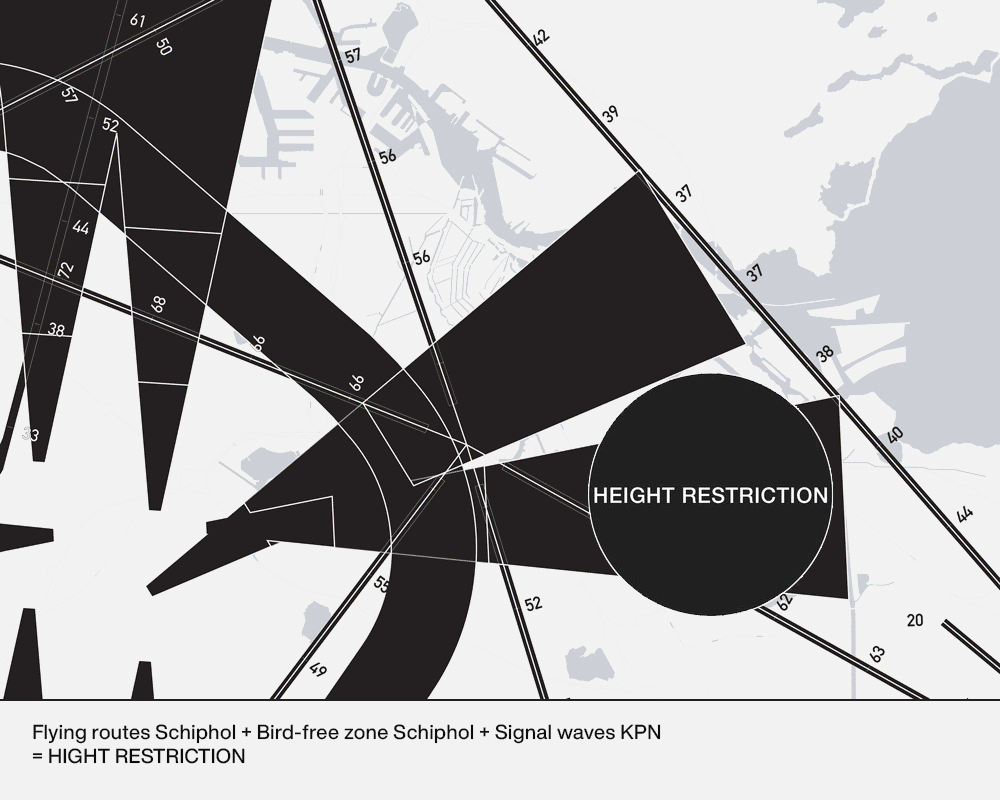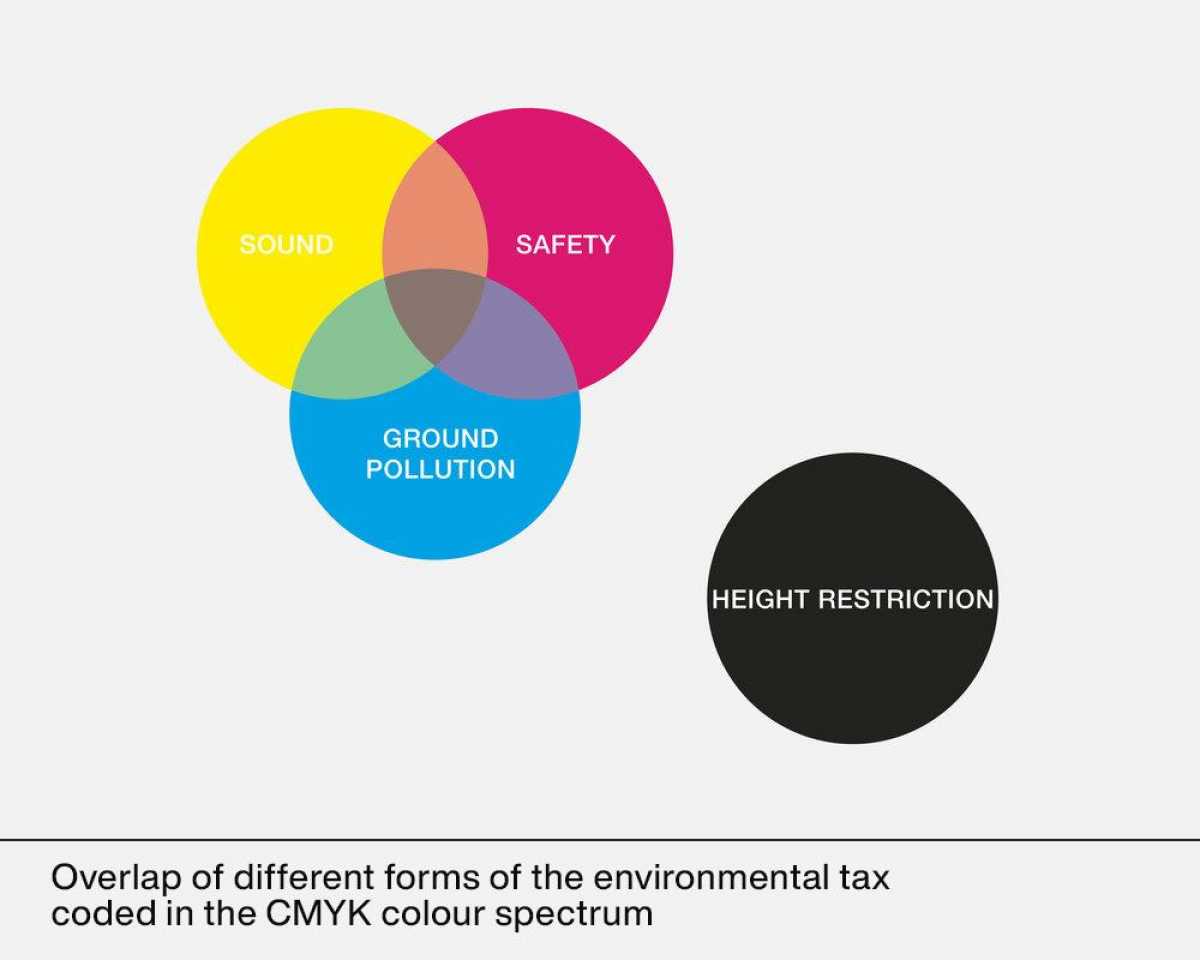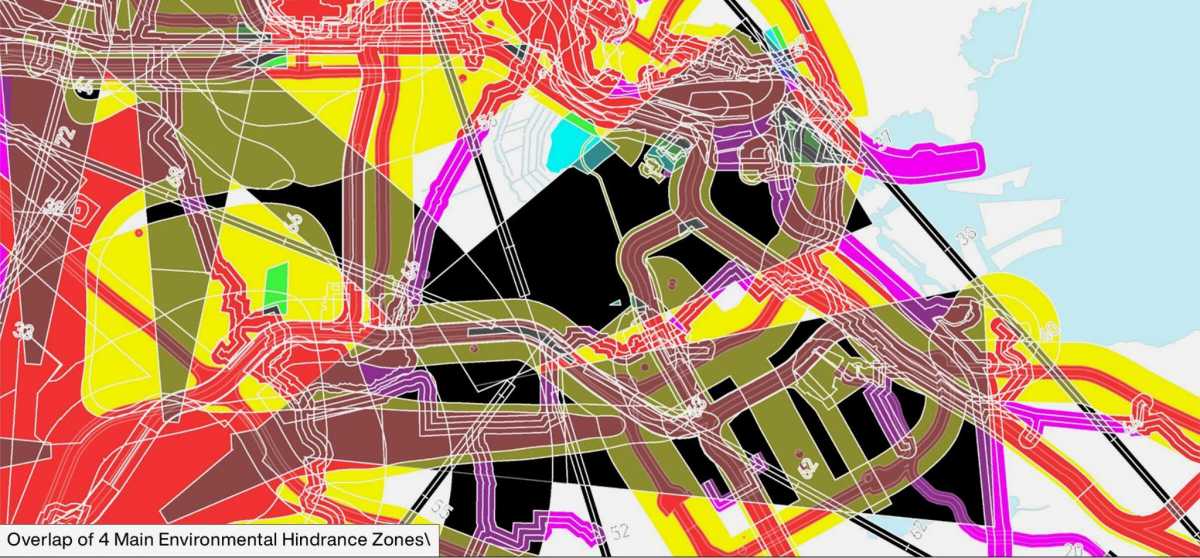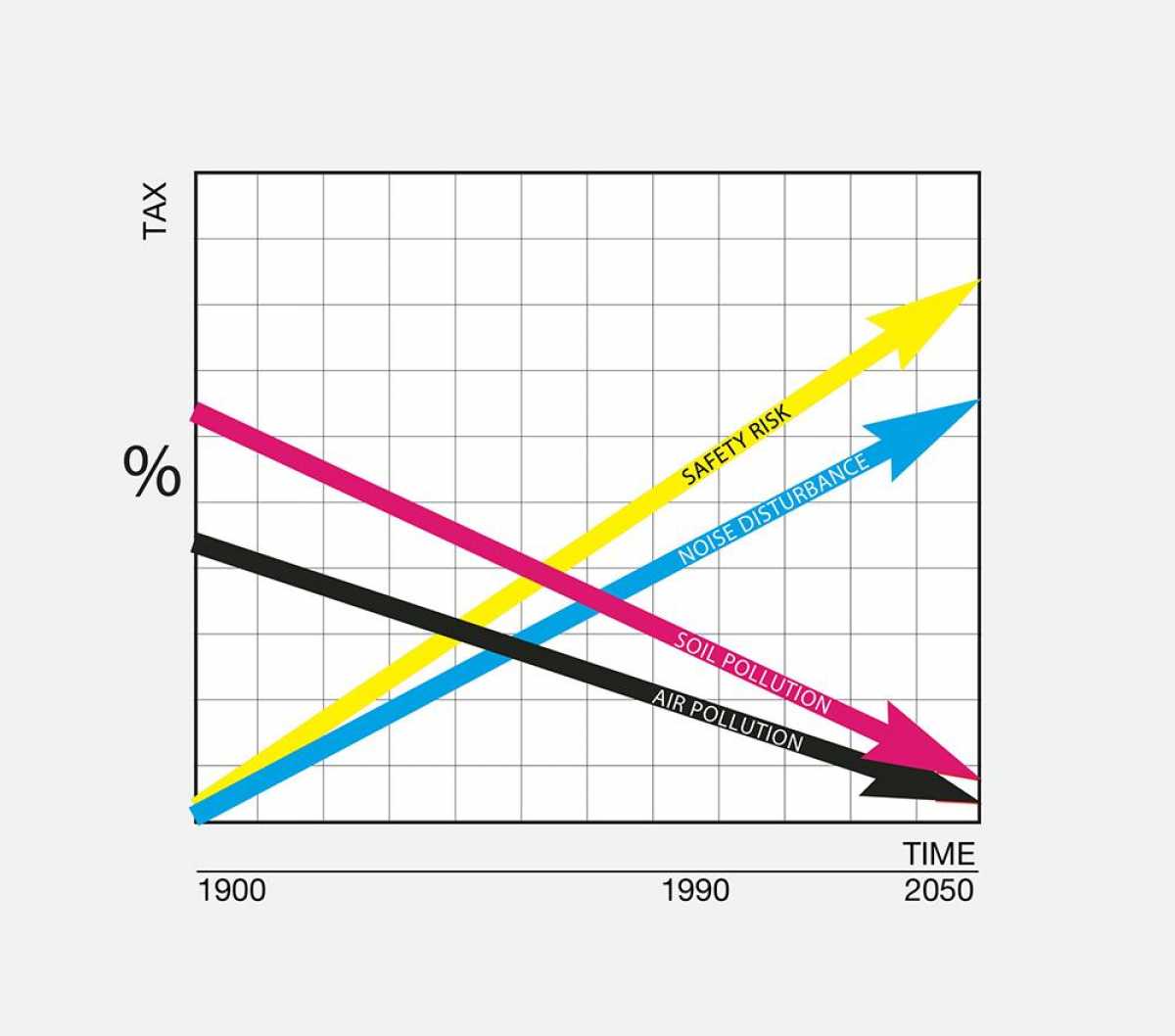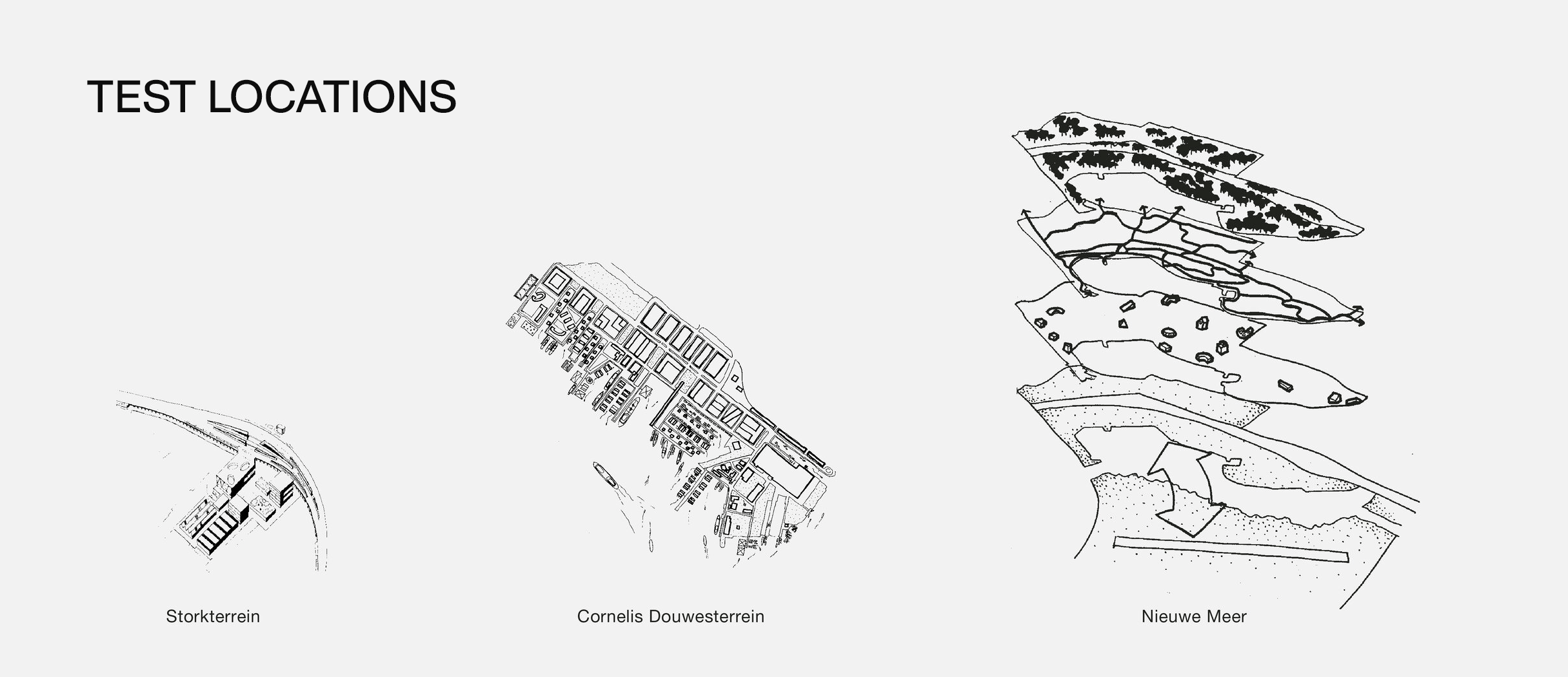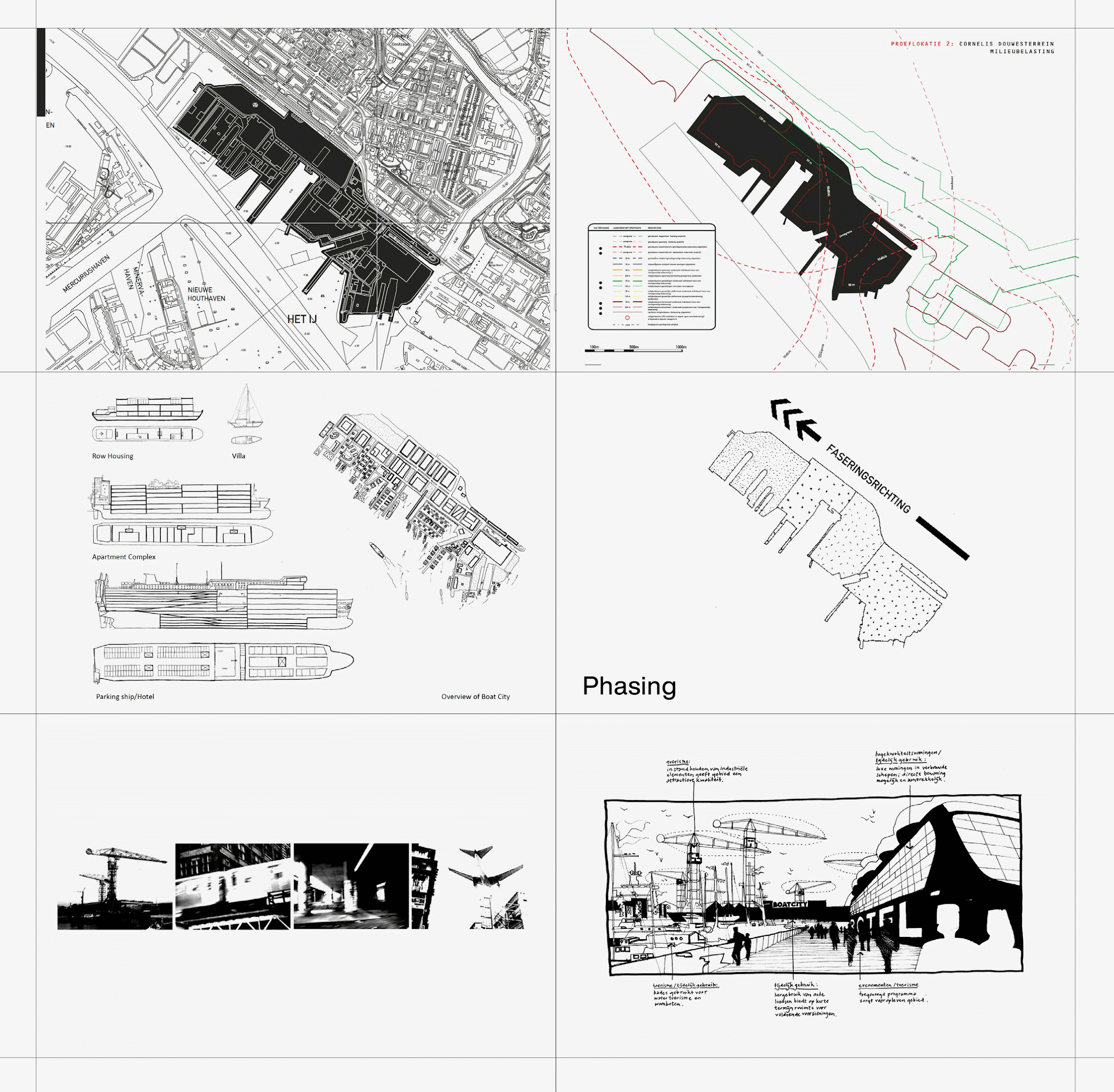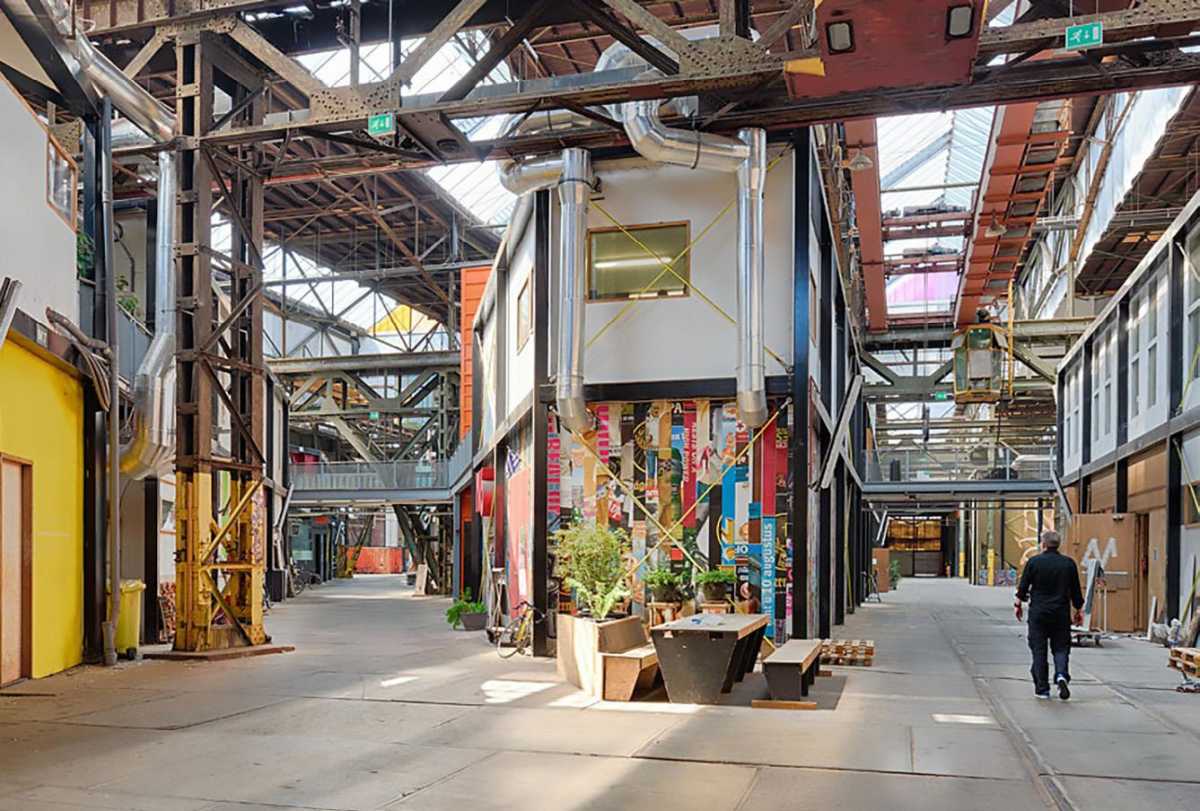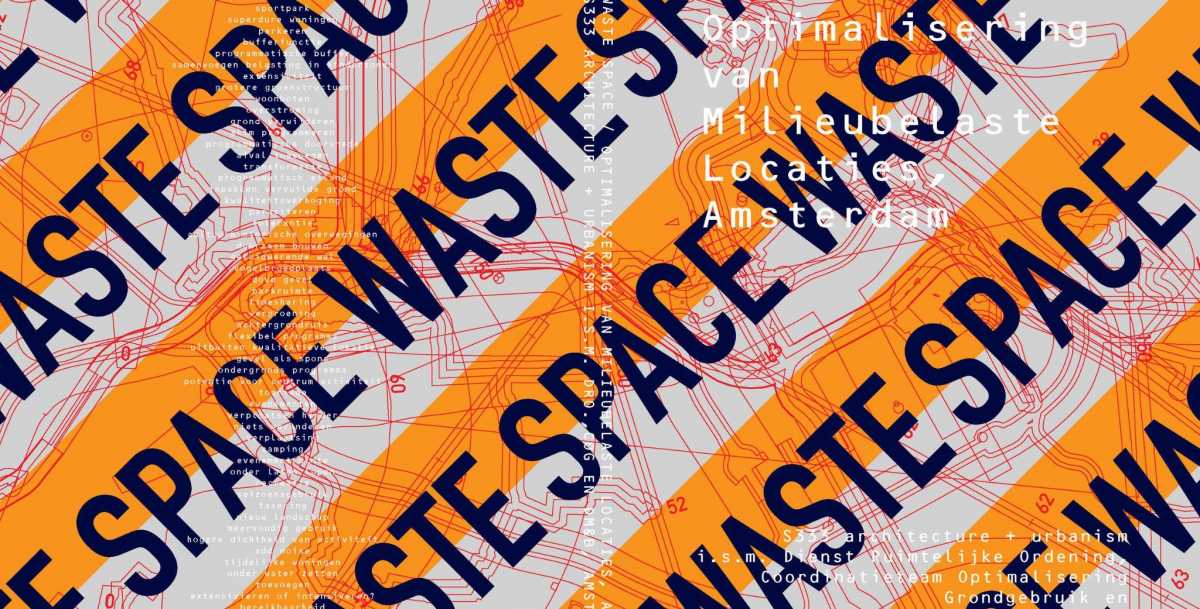Assisting the Re-development of Amsterdam’s Under-utilised and Environmentally Impaired Areas
We were commissioned to provide an overview of environmentally impaired zones in and around Amsterdam, to document and review the lack of space suitable for development of housing in Amsterdam and to suggest alternative design solutions that were economically and politically viable.
Before 2030, an estimated 50,000 dwellings need to be built before within these zones. In practice, these locations are often reduced to a series of bureaucratic planning rules and regulations, minimising the scope for innovation, and often resulting in long delays to the planning process. This study provides an alternative way of thinking that places the environmentally damaging source at the beginning of the design process, resulting in new urban and architectural possibilities.
We were the first external consultant commissioned the city to combine all the four categories of environmental hindrance into a single map and so establish an accurate overview of the problem. The categories are: safety zones, ground pollution, air pollution and sound. It was surprising to learn that that 66% of Amsterdam lay within this ‘waste space’. This inventory allowed us to help the municipality broaden its approach to the problem, by escaping the paradox that environmental waste produced by industry and increased mobility either cancel out potential economic benefits or prevent the possibility of functions co-existing in new ways.
- WasteSpace
- NL, Amsterdam
- Client
- Municipality of Amsterdam
- Programme
- Housing, workspace, cutural and commercial space\
Site area: City-wide\
Workscope: Commissioned Study\
Status: Delivered
Assisting the Re-development of Amsterdam’s Under-utilised and Environmentally Impaired Areas
